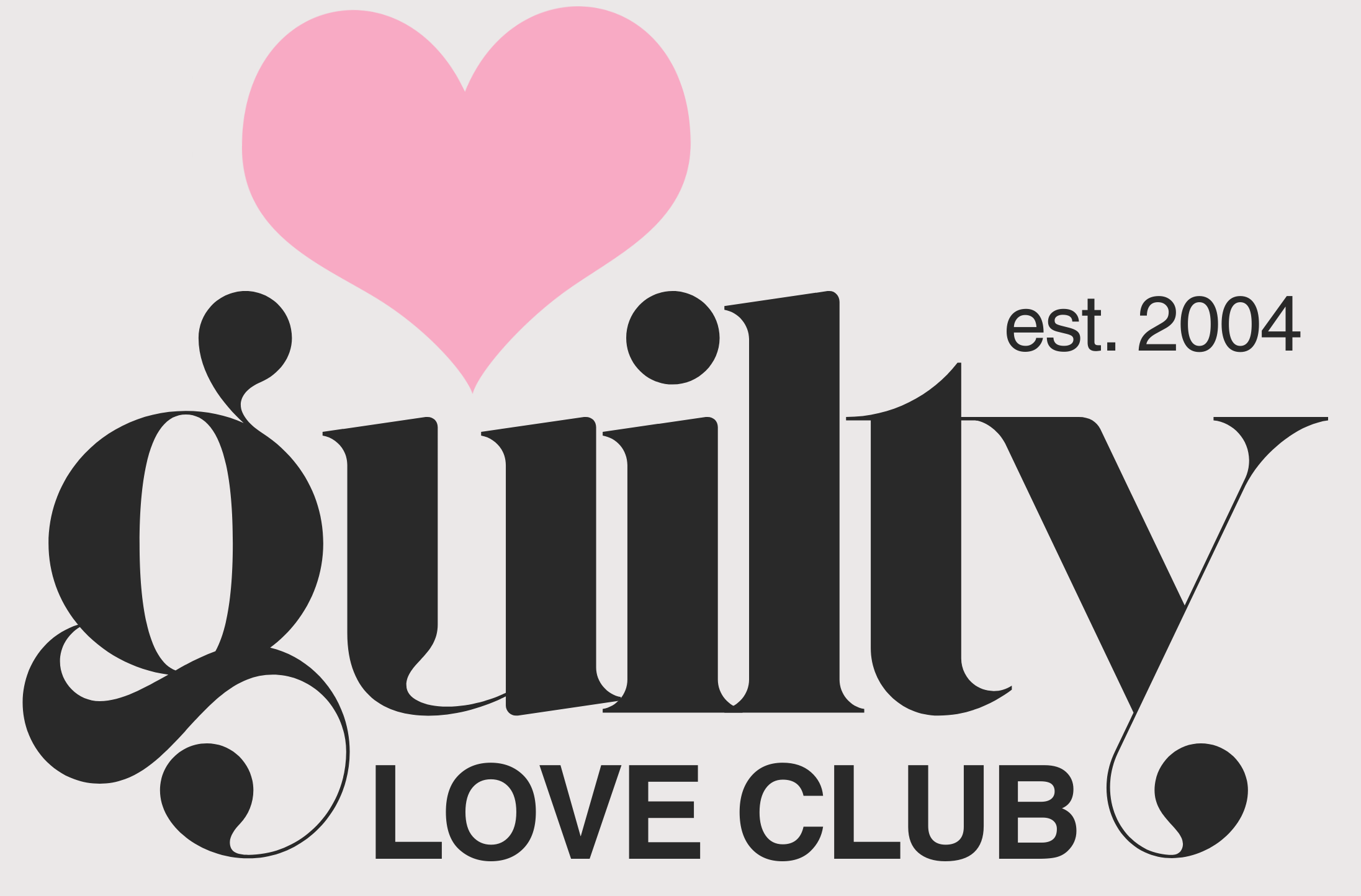

While using our butt cheeks to sit upright for long periods is unique to humans, we use our heinies for a lot more than to work at a desk all day or sit and binge watch our favorite TV series.
Let’s look at the anatomy of the booty and what it is exactly that the butt does. There are three main muscles that make up the butt, which we informally call the “glutes.”

- Gluteus maximus: The largest of the three (and the largest muscle in your body), the gluteus maximus is most notable for attaching to the femur and pelvis. This muscle makes it possible to extend and rotate your hips, it’s what creates forward movement when walking or running, and helps you rise from squatting. This muscle is also behind the overall shape of your booty, along with the fatty deposits around it.
- Gluteus medius: This muscle attaches to the gluteus maximus as well as the sides of your femur and hip joints. This muscle is mostly at play when making side-to-side movements but also helps support hip and leg rotation with the gluteus maximus. Some of your best dance moves are made possible by this muscle.
- Gluteus minimus: This muscle is located under the medius. It helps flex and contract the hip, supports the other two muscles, and aids in circular thigh movements.

Beyond the running, yoga and dancing that are powered by your glutes, does the butt serve any other purpose? Science says it’s likely.

In one recent study, for example, those with larger fatty deposits in the butt were actually found to have lower rates of diabetes and heart conditions associated with obesity than those with fat elsewhere. Researchers think this could be due to the fact that fatty deposits in the lower half of the body — as opposed to the belly, upper back and arms — function in the healthy way that fat is supposed to work for our bodies.
Hello pear shape anyone?

